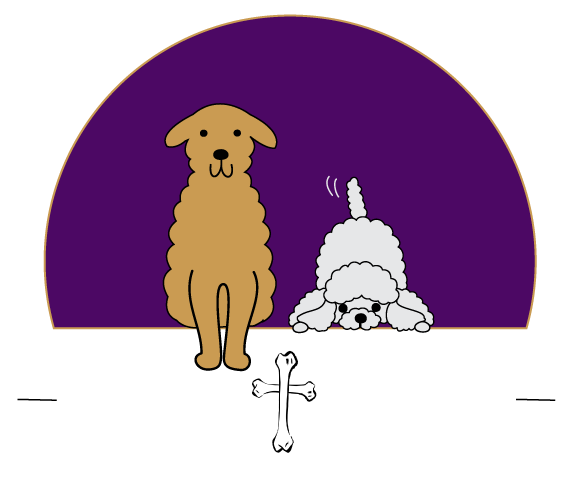Besides vaccines and bad diets, pet owners commonly use chemical shampoos on their animals without a thought as to the consequences to both their pets and themselves. Some of the shampoos contain chemicals that have been found to be dangerous to get on your skin. What does that mean? It means you shouldn’t pick up or hold your pet after the shampoo has been used on them.
These chemicals readily absorb into the animal’s system (and your hands). This is how chemicals can cause lethargy, seizures, irritability, abnormal cell growth, and many other symptoms for the dogs. It may also take more than a simple bath to get the chemicals off of the animal as well. Because they get into his system, it may take days or weeks for them to be excreted from the body entirely. The next time you take one of your pets to a groomer, ask to see the label on the products they plan to use, or take a picture. Once home, look up the ingredients to make sure they are safe.
Here is an example of what can happen with the chemical shampoos:
I was talking with a friend who’s mother owned a shih tzu that went to a groomer on a regular basis. She knew I was interested in natural healthcare and asked to consult with me regarding her mom’s issue. It seems that both her mother and her mother’s dog had developed skin problems that were “unexplainable,” according to the doctor. The vet didn’t have any ideas either.
I was curious about the rash, so I asked, if it wasn’t too personal, could she tell me where it was located? It was on each palm, wrist, and forearm, the center of her chest, and at the top, front of her legs (just the front of her legs). Then she explained that she didn’t put anything different on these areas that would cause the rash or would explain why it would be located in just those places. Knowing her dog also had a skin problem, I asked where she commonly held her dog. “Well,” she said, “in my lap when I’m sitting and in my arms when I’m standing.”
As she answered the question, her eyes widened. “And,” she added as if an after thought, “he lays on my chest, or against it when I sleeps at night.” At this point, she had figured it out herself. The grooming chemicals were connected to the rash outbreaks on them both. Unfortunately, the groomer refused to hear about the chemicals in these products or make any changes to accommodate and keep clients.
A few months later, I talked with another lady who had a similar issue. This dog owner decided to ask her groomer to change the shampoo she had been using on her dog to a non-toxic product. She was even willing to provide the natural product for the groomer. Sadly, the groomer’s response was also close-ended. The groomer said she was “unwilling to be responsible for the use of a product (the natural product) in case it might cause health problems on her dog.” Health problems? It couldn’t have been more opposite. Sometimes you just have to keep looking, until you have an open minded, more informed groomer. Personally, we groom our own dogs to ensure no toxic ingredients or chemicals are used.


